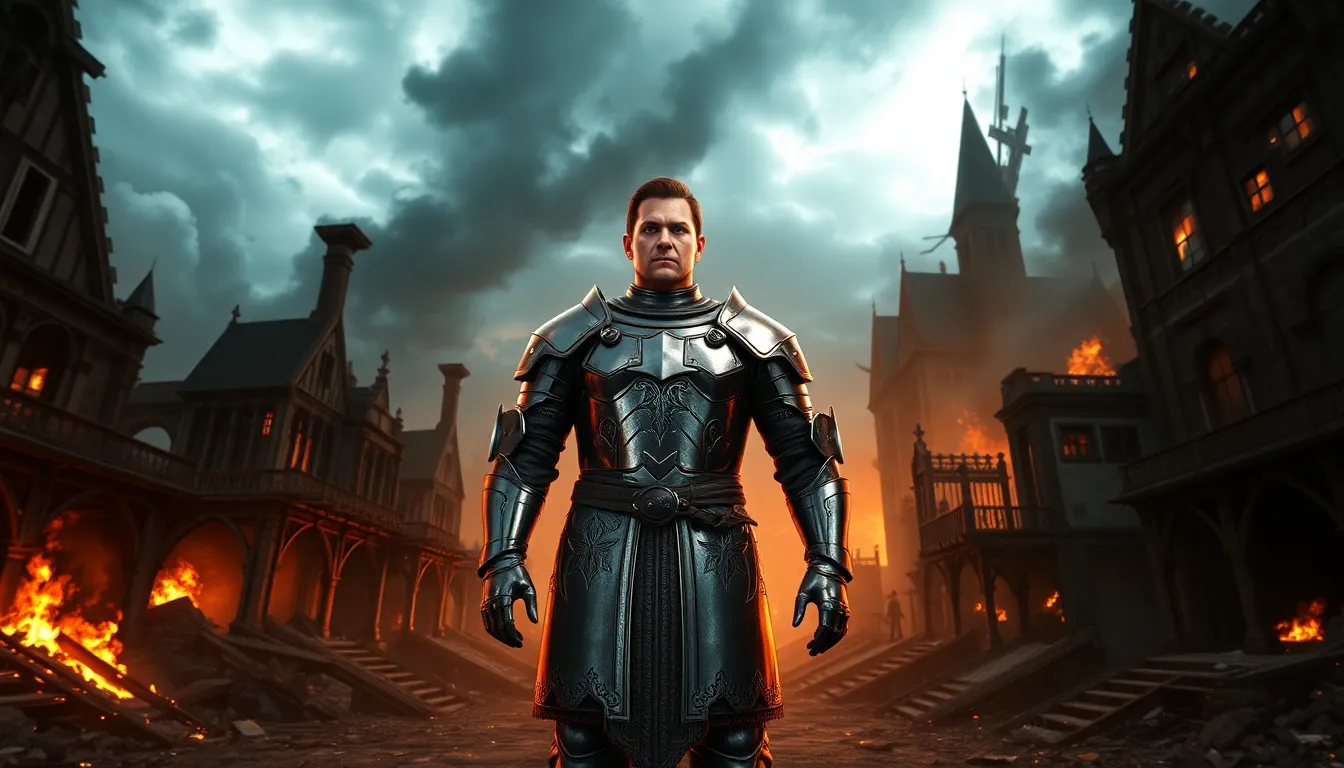Imagine standing at the edge of dawn, contemplating the vast expanse of oblivion. Yep, that’s the intriguing concept we’re diving into today. Just when you thought your morning coffee was the most profound aspect of your day, enter “Path of Dawn Oblivion.” This idea, blending history, philosophy, and art, offers a journey that’s as enlightening as it is esoteric. Buckle up, because we’re about to explore what it means to tread this metaphorical path, with wit, insight, and just a dash of charm.
Table of Contents
ToggleUnderstanding The Concept Of Dawn Oblivion

Historical Significance
The roots of Dawn Oblivion dive deep into various historical narratives. Ancient civilizations often portrayed the transition from the light of dawn to the shadow of oblivion as a metaphorical journey. In many mythologies, dawn symbolizes rebirth, while oblivion represents the unknown, the great equalizer. Historians note that this duality has fueled countless explorations of life, death, and everything in between. This concept serves not just as a philosophical musing but also as a lens through which societies have understood existence across epochs.
Cultural Interpretations
Culturally, different societies have put their own spin on this metaphor. In Eastern philosophies, for instance, the cycle of dawn and oblivion emphasizes respect for nature’s rhythms. Contrarily, in Western literature, authors often paint dawn as awakening and oblivion as finality, leading to dramatic narratives. This speaks volumes about how various cultures interpret existential themes, shaping unique worldviews and artistic expressions.
Theoretical Frameworks
Philosophical Implications
Philosophically, the Path of Dawn Oblivion raises several intriguing questions. What does it mean to embrace both light and darkness? Thinkers from Plato to Nietzsche have explored the dialectics of existence, illustrating the necessity of both dawn and oblivion in shaping human experience. In this context, dawn signifies enlightenment, while oblivion might symbolize ignorance. This complex interplay invites deeper reflection on knowledge, belief, and the very nature of reality.
Ethical Considerations
Also, ethical implications abound. The very essence of the Path of Dawn Oblivion challenges individuals to confront their moral beliefs. For instance, how does one navigate choices when both enlightenment and ignorance exist? This dual state compels discussions around responsibility, agency, and the consequences of one’s actions. As individuals munch on uncertainties around ethical dilemmas, the concept becomes vital for a more conscious society.
Practical Applications
Influence On Literature And Art
In literature and art, the Path of Dawn Oblivion resonates powerfully. Writers have long used these themes to craft tales that resonate on both personal and societal levels. From Emily Dickinson’s musings on death to the vibrant canvases of Van Gogh, the blending of dawn with oblivion sparks creativity. Artists use this juxtaposition to explore the human psyche and the essence of existence, making the concept a treasure trove for artistic exploration.
Impact On Modern Thought
In today’s intellectual climate, the Path of Dawn Oblivion continues to influence modern thought. It pervades discussions around technology, ethics, and spirituality. Thinkers increasingly draw parallels between the dawn of artificial intelligence and the potential oblivion of human identity. Such discourse encourages individuals to engage critically with contemporary issues, bearing in mind the delicate balance between progress and existential reflection.





